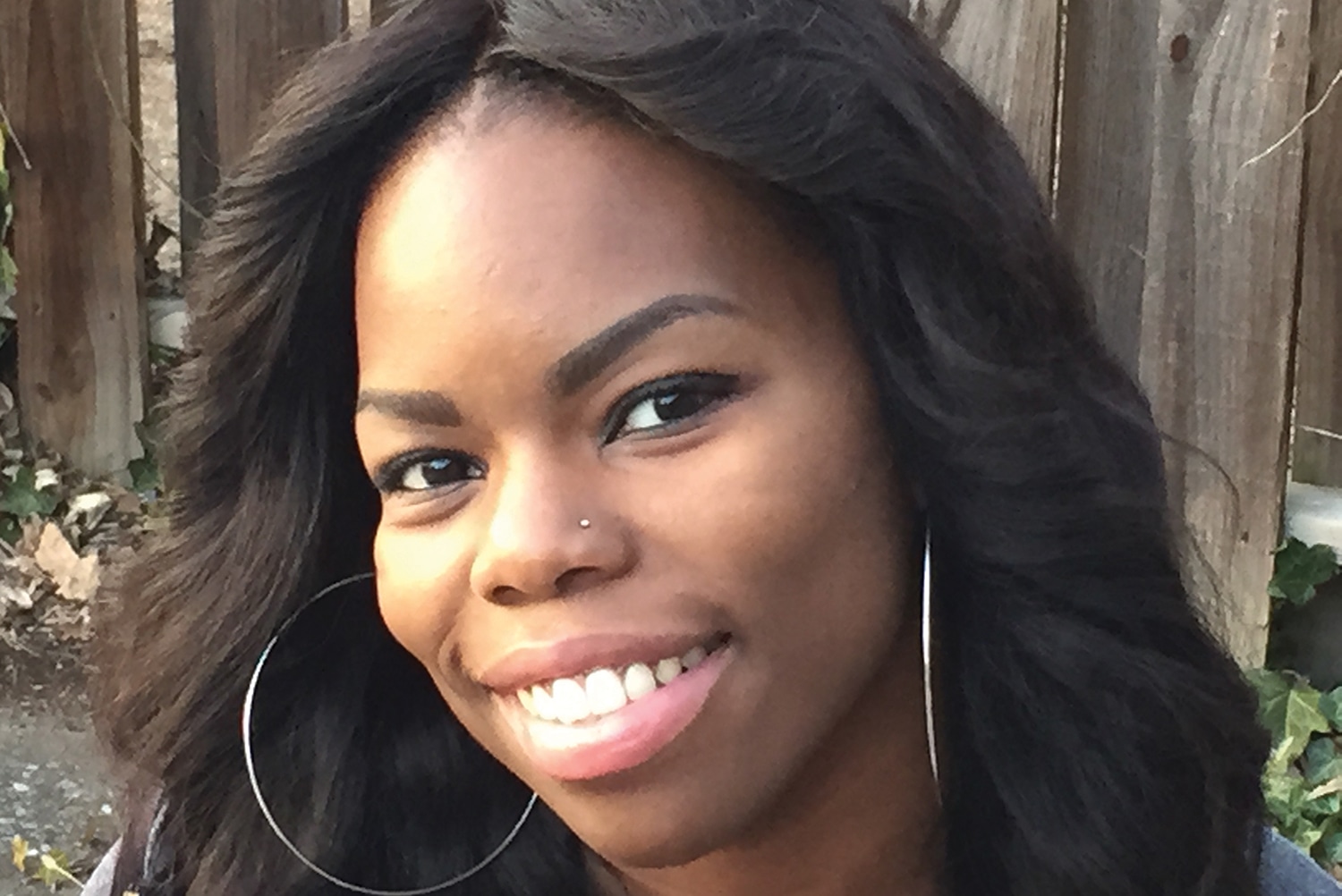Before starting chemotherapy for her stage I triple negative breast cancer in 2011, hairstylist Brittney Bass-Gray was terrified of losing her hair. It was important to her, and she often changed her style to inspire her customers.
Then 24 and dating the man who is now her husband, Bass-Gray of Birmingham, Alabama, also worried she wouldn’t appear as attractive.
“I felt that if I didn’t look sick, then maybe I could weather this cancer storm a little bit better,” says Bass-Gray, who also had a lumpectomy and radiation.
Before Buying a Wig
If you might lose your hair during cancer treatment and would like to buy a wig, ask your doctor to write a prescription for a “cranial prosthesis” and a letter of medical necessity describing your condition and need for a wig. Call your health insurance provider to see how much of the cost of a wig might be covered.
When she lost her hair, she struggled to find a wig that made her feel comfortable, so she began creating her own and wearing scarves. Still, Bass-Gray felt self-conscious. After finishing treatment, she wanted to help other breast cancer patients cope with hair loss at a time when cancer treatment could threaten their sense of self.
In 2013, she founded Revamped Beauty, which provides breast cancer patients with free emotional support and beauty expertise. Bass-Gray, 28, helps survivors choose wigs and other options that feel comfortable and suit their style. She assists survivors in ordering wigs from retailers and, in some cases, makes wigs herself or weaves in braids for women who’ve lost only some of their hair. She also cuts and styles wigs, and offers tips for care. Bass-Gray doesn’t charge for her labor and accepts insurance, which can cover some or all of the cost of the wigs. For those with partial insurance coverage or who are uninsured, Bass-Gray defrays costs with donations.
So far, she has worked with 10 cancer survivors whom she connected with through breast cancer support groups, cancer centers and church events. She says many of the women she helps begin the process feeling insecure and depressed and finish feeling stronger and happier after they’ve selected a beauty option that suits their needs.
Bass-Gray says Revamped Beauty aims to do more than provide cancer patients with an alternative after they’ve lost their hair.
“I want it to be a resource to support women’s overall well-being,” she says.
Cancer Today magazine is free to cancer patients, survivors and caregivers who live in the U.S. Subscribe here to receive four issues per year.





